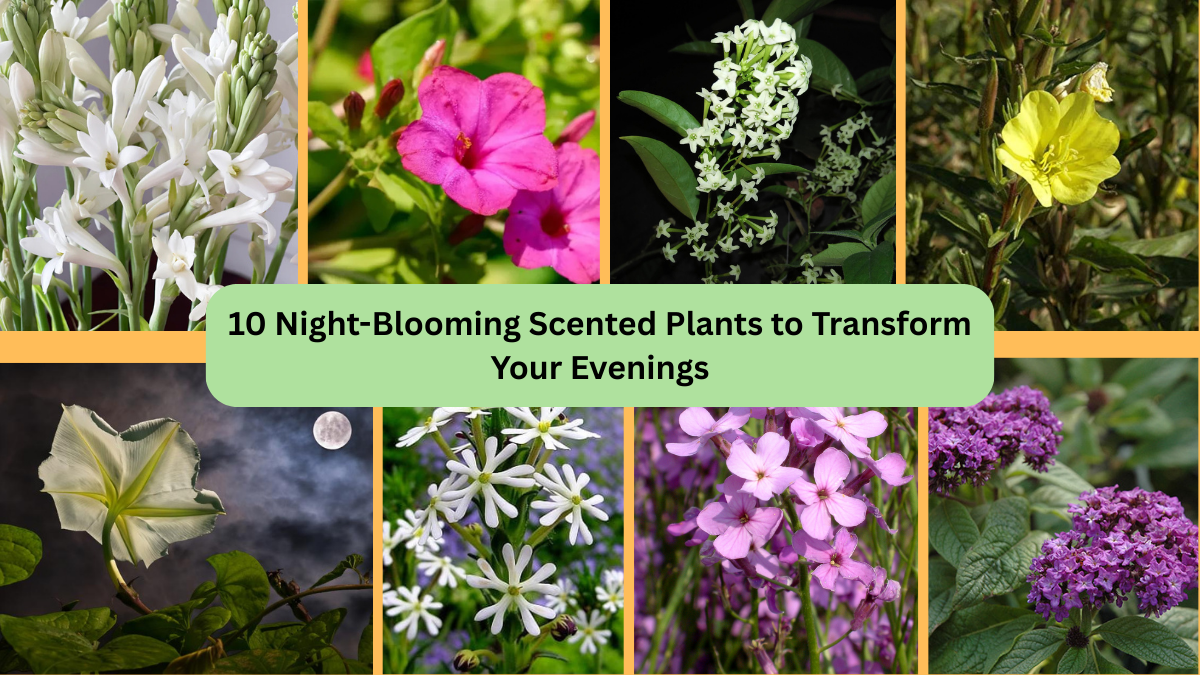There’s something magical about a garden that comes alive after the sun sets. While most flowers close up for the night, a special group of night-blooming plants open in the twilight, releasing their heady fragrances into the cool evening air. Perfect for patios, balconies, and moonlit strolls, these nighttime bloomers add mystery, romance, and a sensory experience to your outdoor space. Here are 10 intoxicating night-blooming scented plants that will turn your garden into an enchanting nighttime haven.
1. Night-Blooming Jasmine (Cestrum nocturnum)
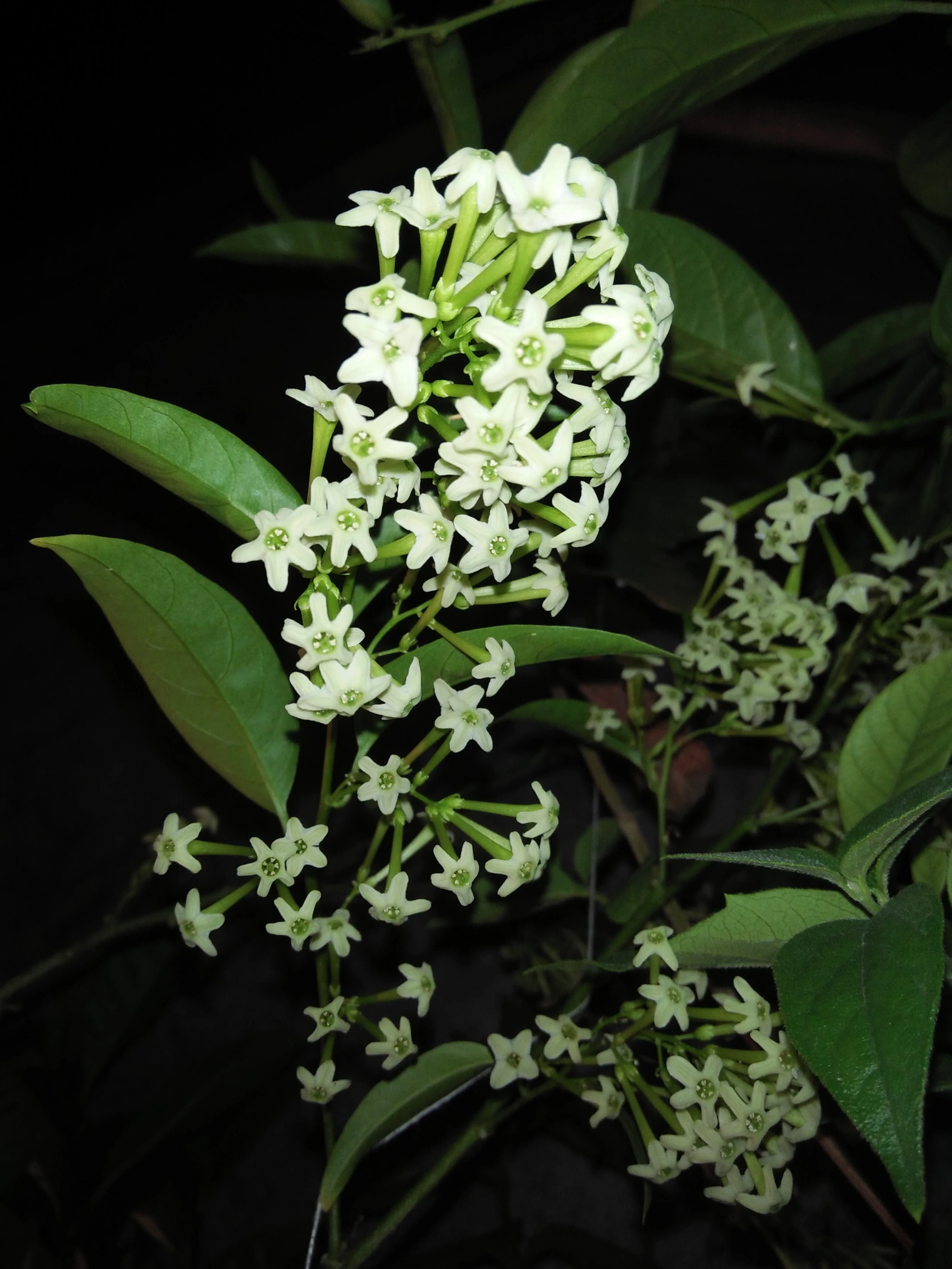
Often referred to as the most fragrant plant in the world, night-blooming jasmine fills the air with a sweet, intoxicating scent after dusk. This tropical evergreen shrub bears small, tubular white-green flowers that may go unnoticed by day but come evening, its perfume is impossible to ignore. Ideal for containers or garden beds in USDA zones 8–11, it prefers full sun to partial shade and well-drained soil. Plant it near patios or open windows to enjoy its heavenly nighttime aroma.
2. Evening Primrose (Oenothera biennis)
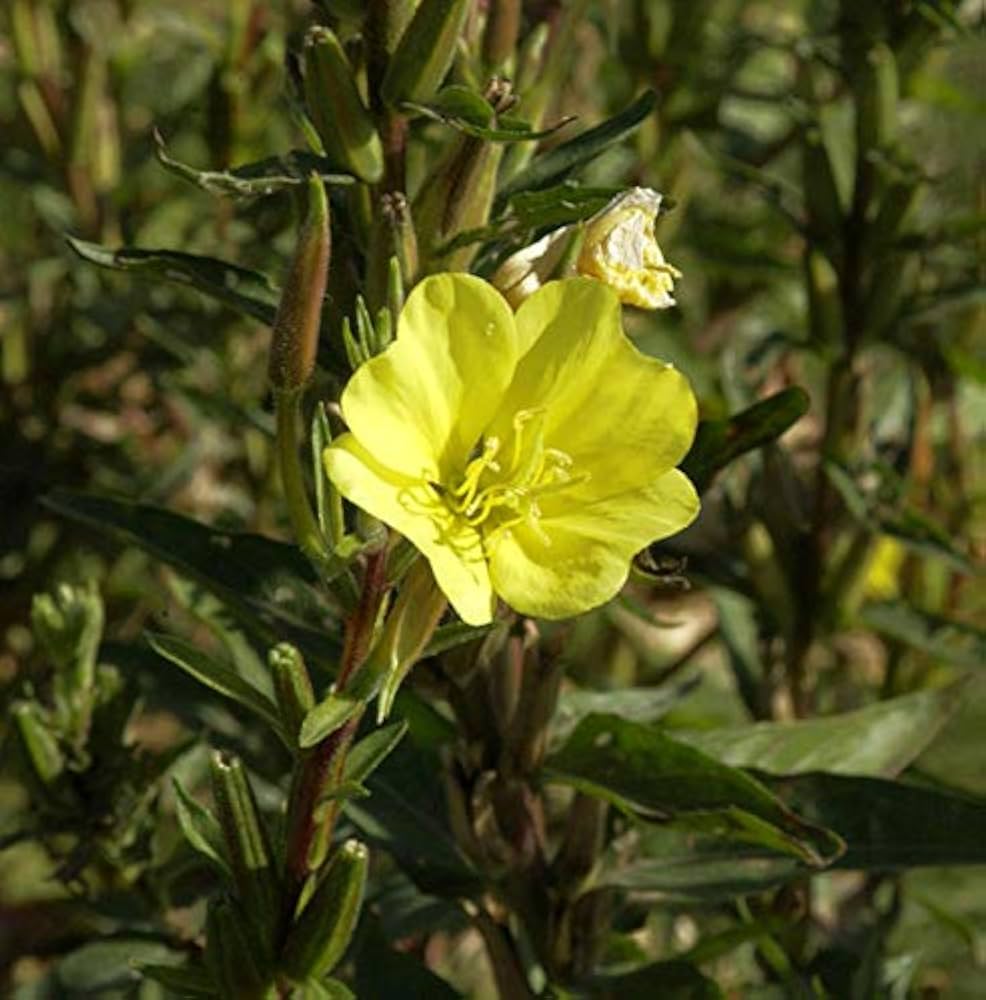
Evening primrose is a cheerful wildflower that opens its golden-yellow blooms just before sunset. Native to North America, it attracts moths and nocturnal pollinators with its subtle, lemony fragrance. Hardy in zones 4–9, it’s a biennial that reseeds easily, creating a self-sustaining colony in gardens or wildflower borders. The soft glow of its flowers against the twilight sky adds warmth and softness to your nighttime garden, while its roots and seeds are also valued in herbal medicine.
3. Moonflower (Ipomoea alba)
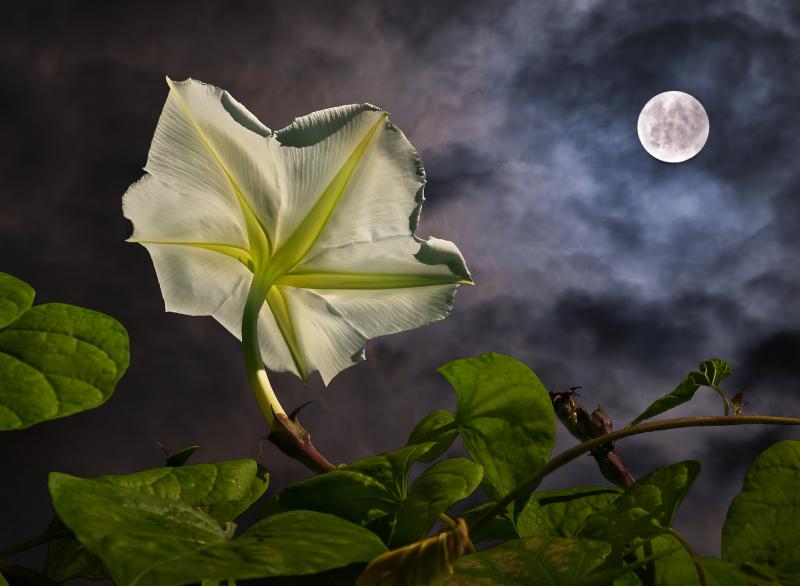
A true star of the night garden, moonflower unfurls its large, white, trumpet-shaped blooms as twilight falls. Related to the morning glory, moonflower vines can quickly climb trellises, fences, or arbors, creating a cascading curtain of luminous, fragrant blossoms. The flowers emit a sweet scent that draws in nighttime pollinators like hawk moths. Best in USDA zones 9–11 or as an annual elsewhere, moonflowers need full sun and a support structure to reach their full, romantic potential.
4. Tuberose (Polianthes tuberosa)
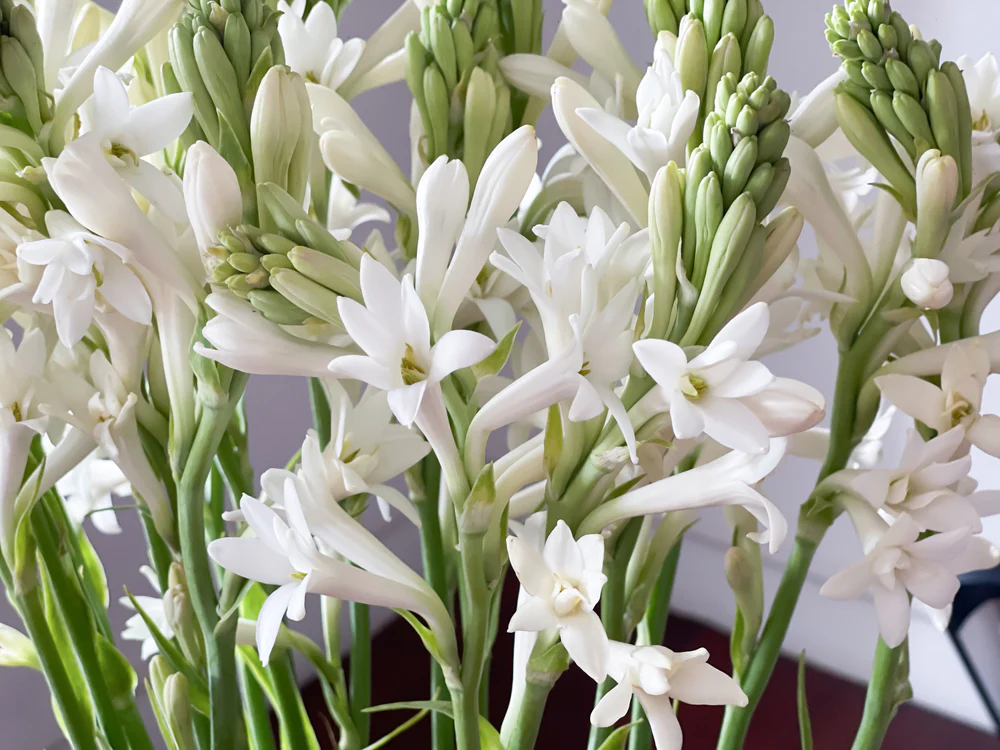
Tuberose is renowned for its creamy white blossoms and rich, heady fragrance that becomes especially potent after sunset. This tropical plant grows from a bulb and sends up tall spikes of waxy, tubular flowers that are often used in perfumery. Ideal for containers in cooler zones or in-ground planting in USDA zones 8–11, tuberose needs full sun and well-drained soil. Place it near seating areas or walkways to bask in its warm, exotic aroma during summer evenings.
5. Four O’Clocks (Mirabilis jalapa)
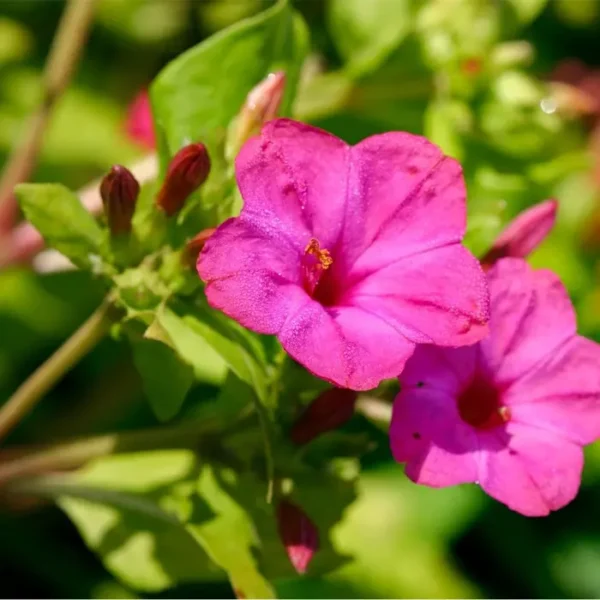
As their name suggests, Four O’Clocks begin blooming late in the afternoon and stay open well into the night, releasing a sweet, citrus-like fragrance. Their colorful trumpet-shaped flowers can be pink, yellow, red, white, or even bi-colored all on the same plant. These easy-to-grow perennials (zones 7–11) or annuals elsewhere thrive in full sun and adapt to various soil types. With their generous blooms and sweet scent, Four O’Clocks are perfect for relaxed twilight gardens and borders.
6. Angel’s Trumpet (Brugmansia spp.)
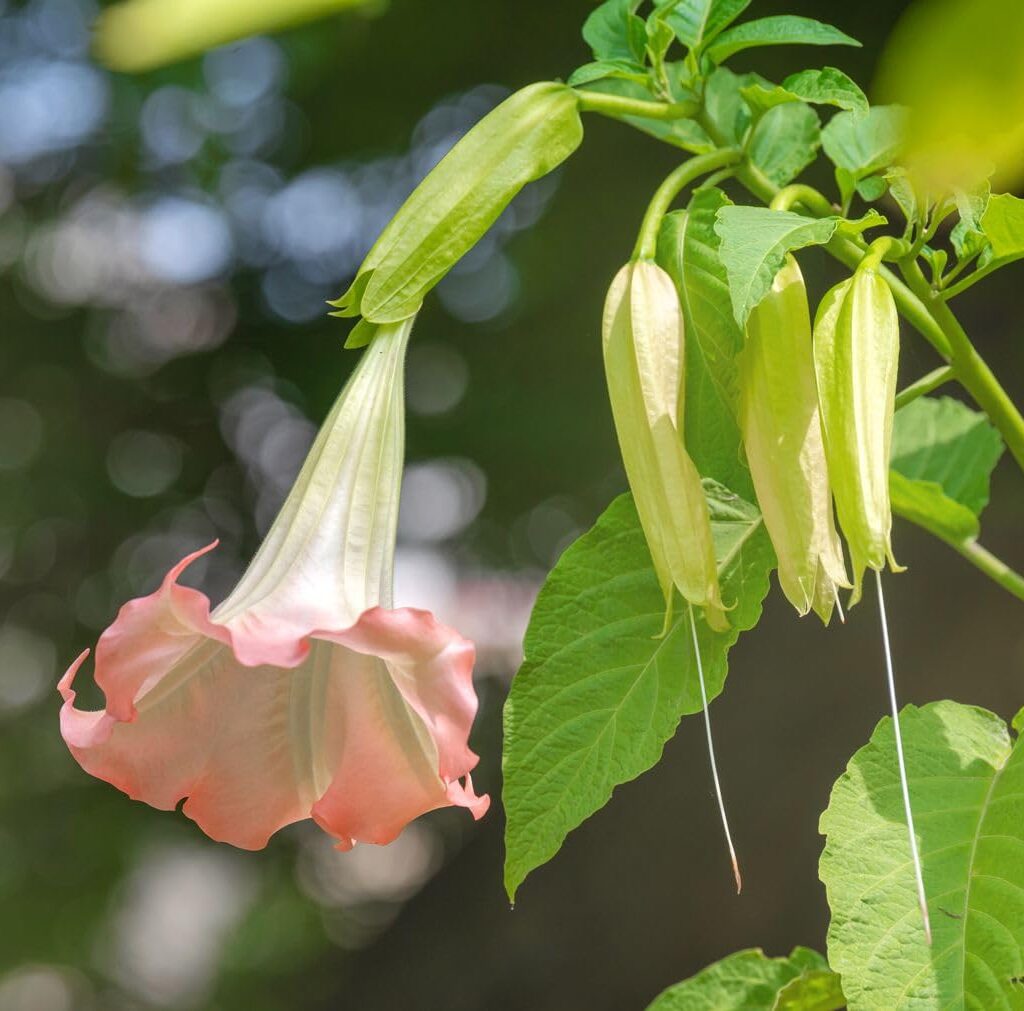
Angel’s Trumpet is a showstopper in any evening garden, producing massive, pendulous trumpet-shaped blooms that release a powerful, citrusy perfume after dusk. These tropical shrubs or small trees thrive in zones 9–11 and can be grown in containers in cooler climates. Flowers range from white and yellow to pink and apricot. Their exotic appearance and intoxicating scent create a truly dramatic nighttime ambiance but caution: all parts of the plant are toxic if ingested, so keep it away from pets and children.
7. Night Phlox (Zaluzianskya capensis)
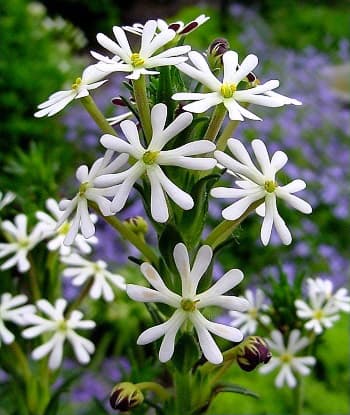
Also known as “Midnight Candy,” night phlox may be unassuming by day, but its small, star-shaped white flowers open at night and release an incredibly sweet, vanilla-and-honey scent. Native to South Africa, it thrives in well-drained soil and full sun to partial shade. Often grown as an annual, night phlox is ideal for borders, containers, or window boxes where its scent can be enjoyed up close. This plant is a hidden gem that transforms any quiet evening into a fragrant escape.
8. Hesperis (Hesperis matronalis – Dame’s Rocket)
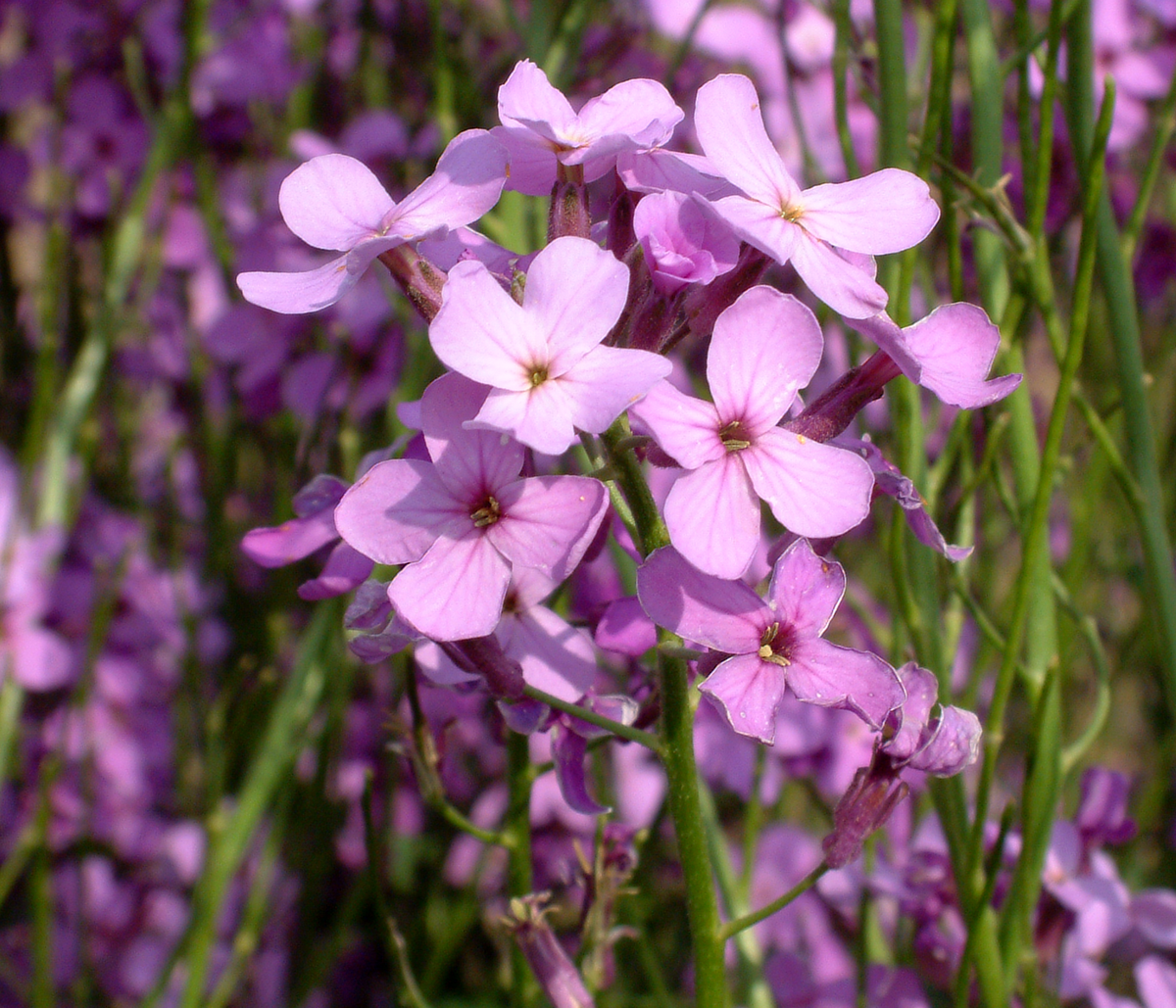
Dame’s Rocket is a charming biennial or short-lived perennial that blooms in spring and early summer with clusters of purple, pink, or white flowers. While pretty during the day, its true allure is revealed after sunset when it emits a sweet, clove-like scent that intensifies in the evening air. Hardy in zones 3–9, it naturalizes easily in cottage-style or woodland gardens. Plant it near walkways or patios to fully enjoy its old-fashioned beauty and fragrance.
9. Garden Heliotrope (Heliotropium arborescens)
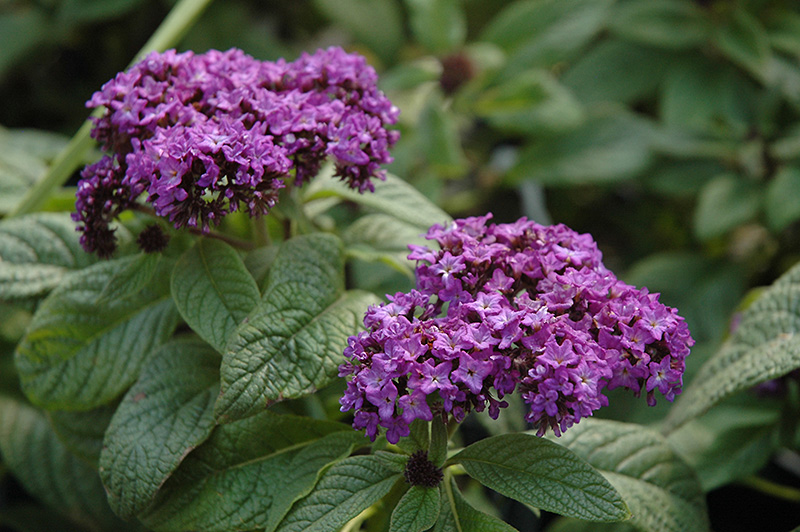
Garden heliotrope is a compact, bushy plant with rich clusters of deep violet or lavender blooms that offer a delicious vanilla or cherry pie scent, especially strong in the evening. A classic in Victorian gardens, heliotrope thrives in full sun and well-drained soil and does well in containers or borders. While a tender perennial (zones 10–11), it’s often grown as an annual in cooler climates. Its sweet, nostalgic scent adds a dreamy, romantic mood to twilight settings.
10. Jasmine Tobacco (Nicotiana alata)
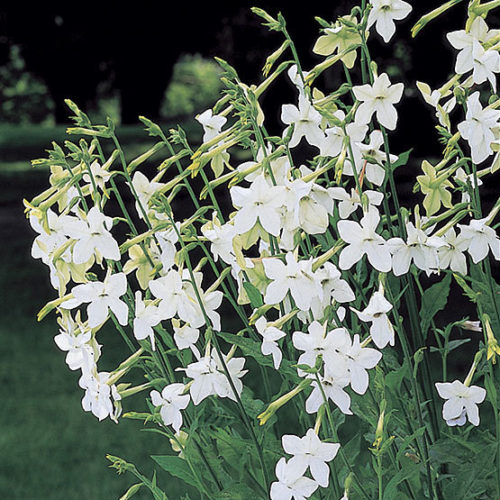
Jasmine Tobacco is a member of the nightshade family with trumpet-shaped flowers that bloom at dusk and release a warm, jasmine-like perfume. Available in shades of white, green, pink, and red, this annual (or perennial in zones 10–11) grows easily in containers and garden beds. The white and lime-green varieties are the most fragrant and best for evening gardens. Plant it in clusters along pathways or near seating areas to enjoy the soft scent and moth-attracting blooms each night.
